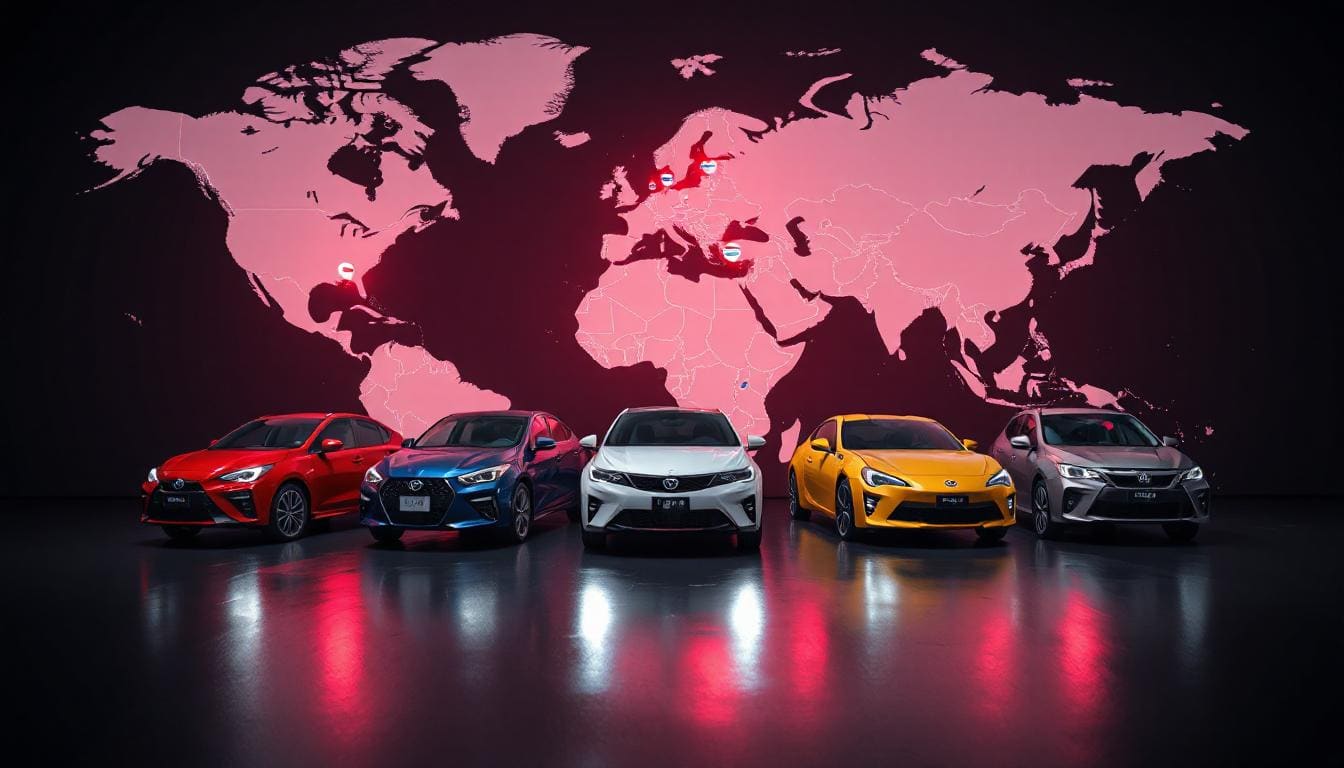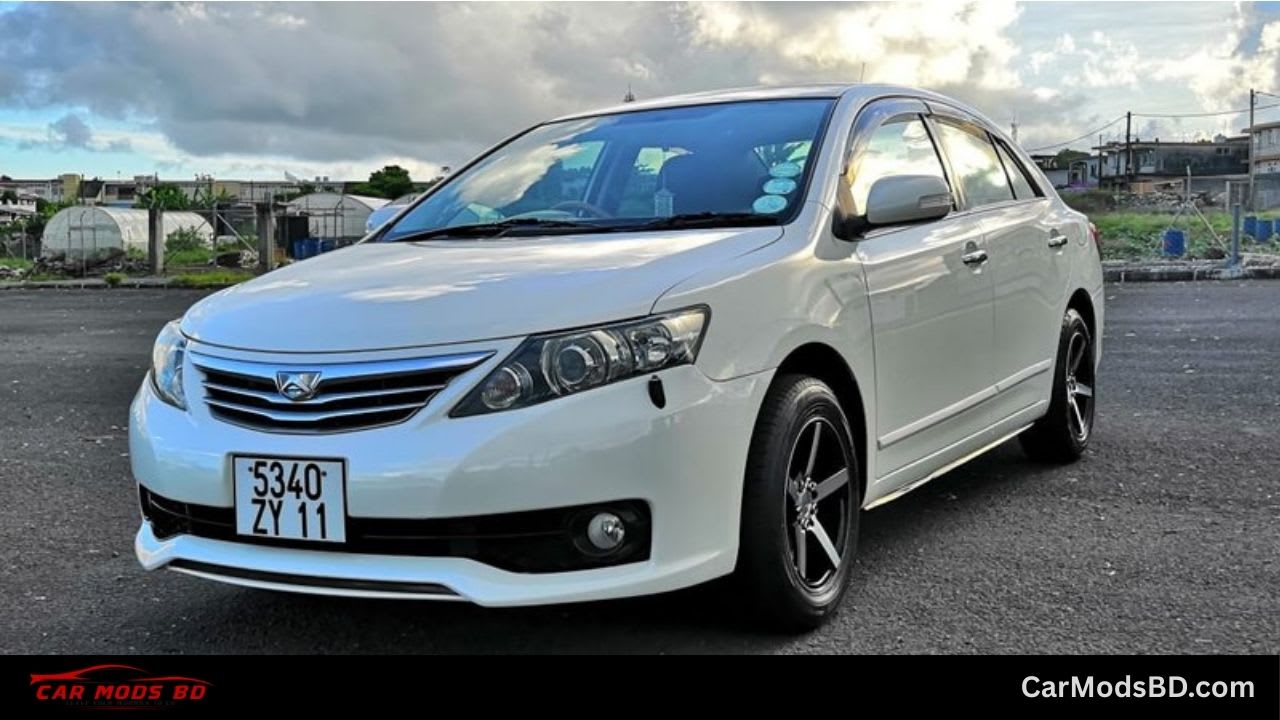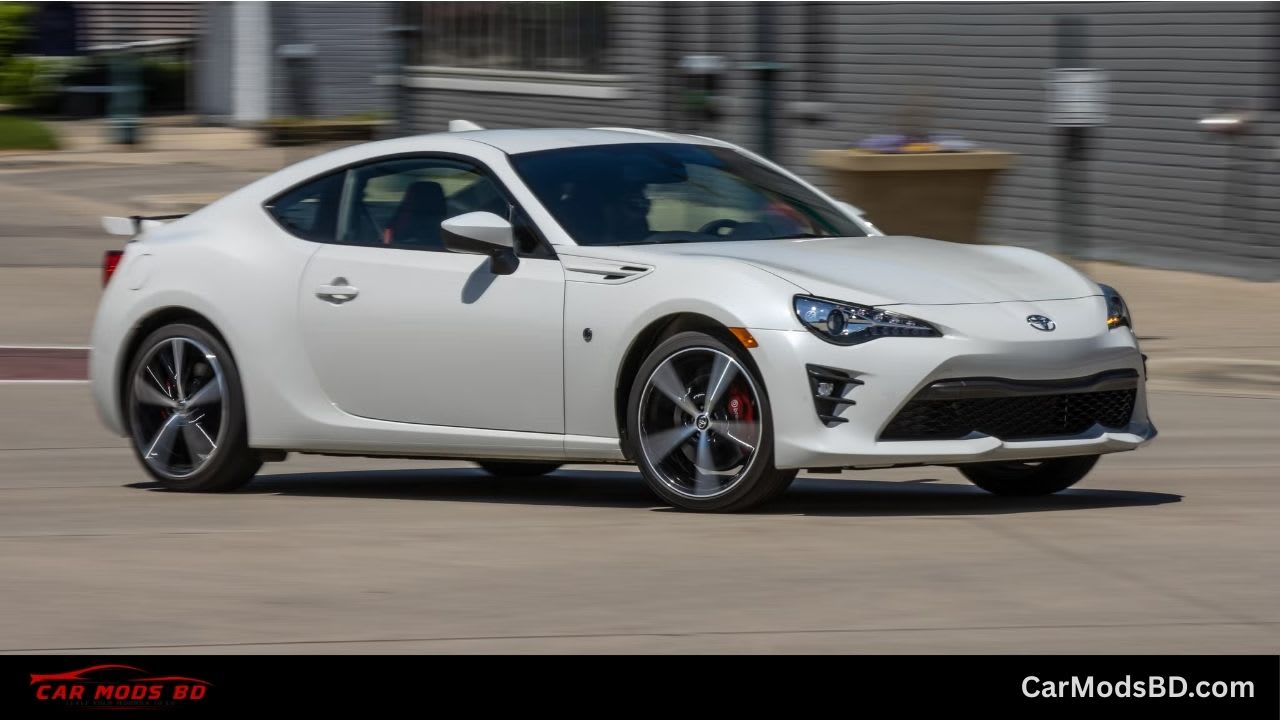Top 12 Japanese Car Importing Countries: Insights from an Experienced Car Dealer

As a car dealer with tons of experience, we’ve seen firsthand how Japanese cars dominate the global automotive market. Their reliability, affordability, and advanced technology make them a top choice for buyers worldwide. Today, I’ll share with you the top 12 countries importing Japanese cars, along with key trends and insights. Whether you’re a car enthusiast, a potential buyer, or just curious, this article will give you a clear picture of where Japanese cars are in high demand.
1. UAE - 226,762 Units (+10.9%)
The UAE continues to lead the pack, importing over 226,000 Japanese cars in the latest data. With a 10.9% increase, it’s clear that Japanese vehicles are a favorite among UAE residents. The demand for fuel-efficient sedans and rugged SUVs is particularly high, catering to both city driving and desert adventures. If you’re in the UAE, you’ll notice brands like Toyota, Nissan, and Mitsubishi everywhere—proof of their unmatched popularity.
2. Russia - 199,098 Units (-8.8%)
Despite an 8.8% decline, Russia remains the second-largest importer of Japanese cars. The dip could be due to economic factors, but Japanese vehicles still hold a strong reputation for durability in Russia’s harsh climates. If you’re in Russia, you’ll appreciate how Japanese cars perform in snowy and rugged terrains, making them a practical choice for many drivers.
3. Mongolia - 111,661 Units (+40.0%)
Mongolia’s import numbers have skyrocketed by 40%, making it one of the fastest-growing markets for Japanese cars. The rugged terrain and long distances between cities make reliable vehicles a necessity. If you’re in Mongolia, you’ll likely see a lot of Japanese SUVs and pickup trucks, which are perfect for navigating the country’s challenging landscapes.
4. New Zealand - 80,000 Units (+40.0%)
New Zealand shares the same 40% growth rate as Mongolia, reflecting a strong preference for Japanese cars. Kiwis value fuel efficiency and reliability, and Japanese brands deliver just that. If you’re in New Zealand, you’ll notice a mix of compact cars for city driving and hybrids for eco-conscious buyers.
5. Vietnam - 1,305 Units (-28.9%)
Vietnam’s import numbers are relatively low, with a significant 28.9% decline. This could be due to local manufacturing growth or shifting consumer preferences. However, if you’re in Vietnam, you’ll still find Japanese cars to be a solid choice for their durability and resale value.
6. Tanzania - 77,992 Units (-4.5%)
Tanzania’s import numbers have dipped slightly by 4.5%, but Japanese cars remain a top choice for their affordability and low maintenance. If you’re in Tanzania, you’ll appreciate how Japanese vehicles handle both urban roads and rural areas with ease.
7. Kenya - 63,236 Units (+3.4%)
Kenya’s import numbers are on the rise, reflecting a growing middle class and increased demand for reliable vehicles. If you’re in Kenya, you’ll see Japanese cars dominating the roads, thanks to their reputation for longevity and cost-effectiveness.
8. Pakistan - 39,961 Units (+45.7%)
Pakistan’s import numbers have surged by an impressive 45.7%, making it one of the fastest-growing markets. If you’re in Pakistan, you’ll notice a growing preference for Japanese sedans and hatchbacks, which are perfect for navigating busy city streets.
9. Malaysia - 38,616 Units (+10.1%)
Malaysia’s import numbers have grown by 10.1%, reflecting a steady demand for Japanese cars. If you’re in Malaysia, you’ll appreciate the wide range of options, from compact cars to luxury models, all known for their reliability and advanced features.
10. Bangladesh - 36,226 Units (+4.7%)
Bangladesh’s import numbers have increased by 4.7%, showing a consistent demand for Japanese vehicles. If you’re in Bangladesh, you’ll find Japanese cars to be a practical choice for their fuel efficiency and low maintenance costs.
11. Singapore - 9,245 Units (+82.3%)
Singapore’s import numbers have exploded by 82.3%, the highest growth rate on this list. If you’re in Singapore, you’ll notice a preference for luxury Japanese models and hybrids, aligning with the country’s focus on sustainability and innovation.
12. Hong Kong - 8,513 Units (+18.3%)
Hong Kong rounds out the list with an 18.3% increase in Japanese car imports. If you’re in Hong Kong, you’ll see a mix of compact cars and luxury models, catering to the city’s diverse needs and preferences.
As a seasoned car dealer, we can confidently say that Japanese cars are a global phenomenon. From the deserts of the UAE to the snowy roads of Russia, these vehicles have proven their worth time and time again. Whether you’re looking for a compact car, a rugged SUV, or a hybrid, Japanese brands offer something for everyone.
If you’re in any of these 12 countries, you’re in good company—millions of drivers trust Japanese cars for their reliability, affordability, and performance. So, if you’re considering your next car purchase, you can’t go wrong with a Japanese model.



